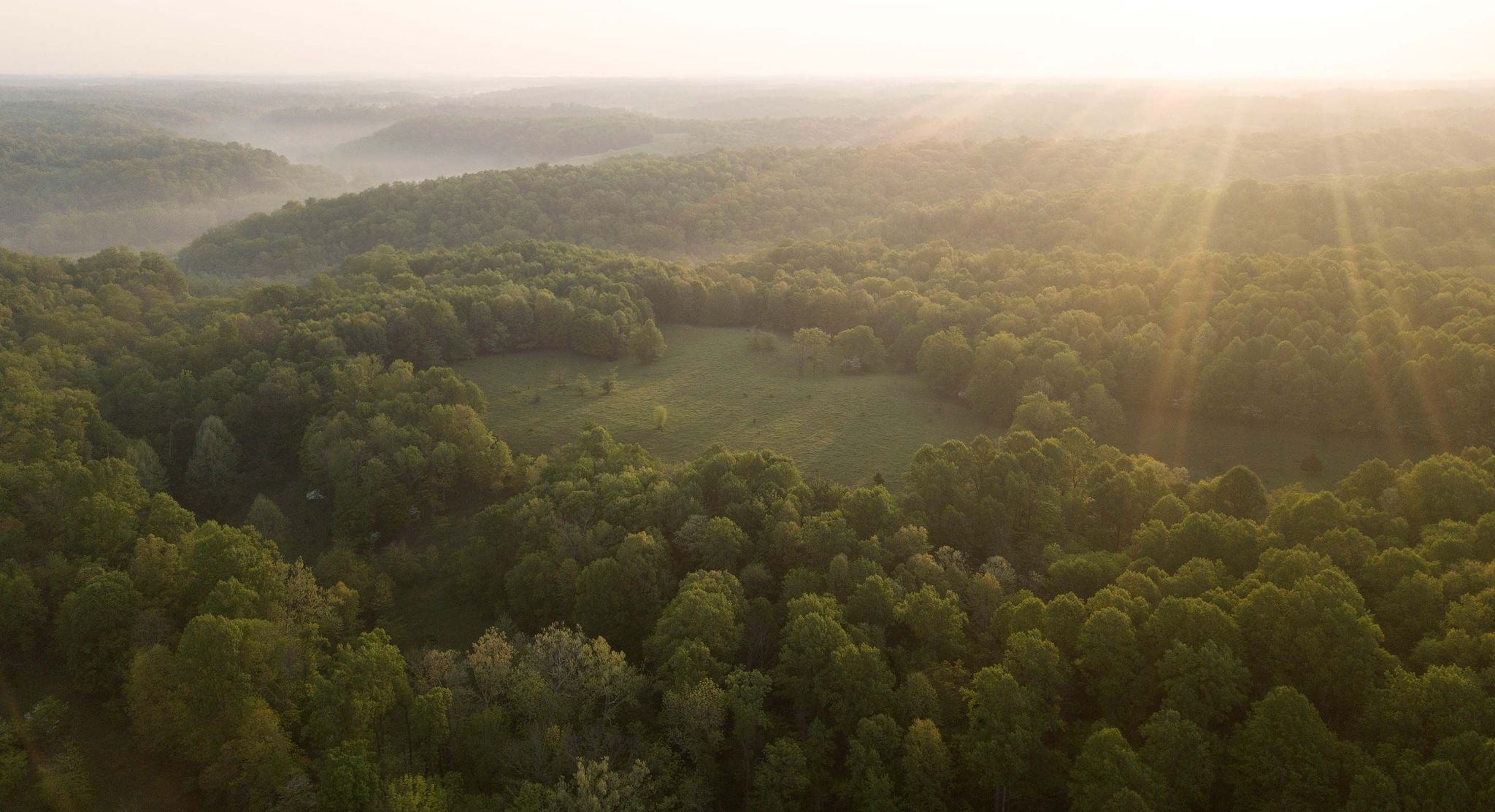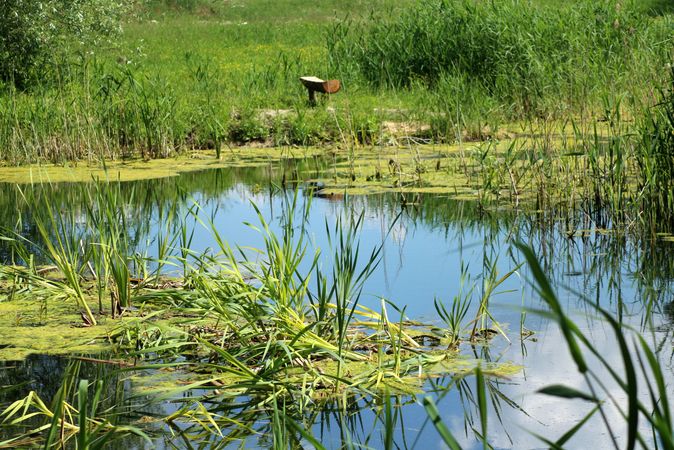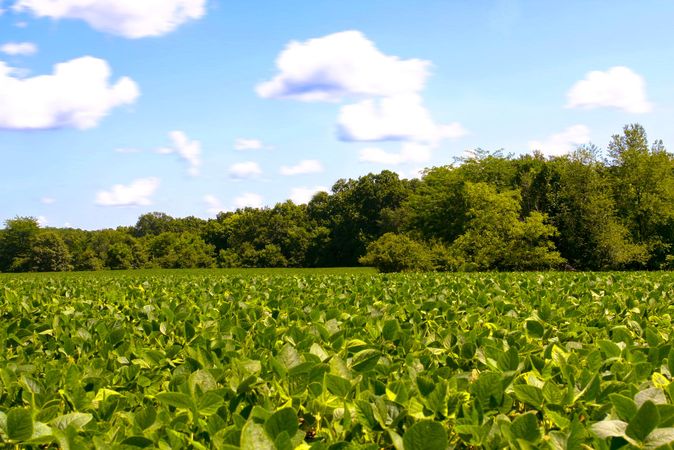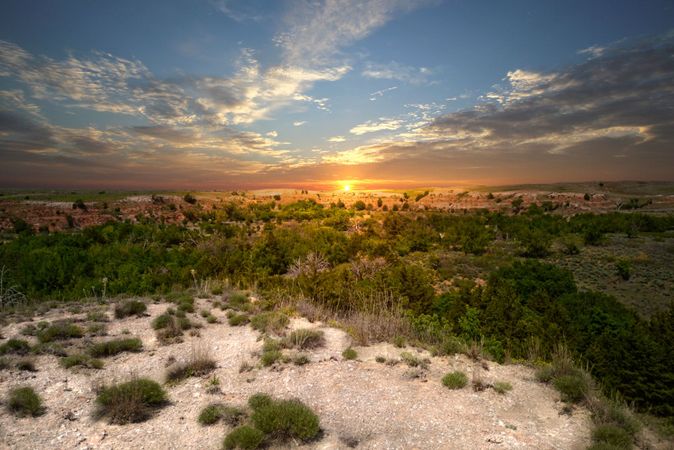I learned to fish on a family pond like I’m sure like many of you did. I caught my first bream, crappie, catfish and bass from the banks of a rectangular body of water dotted with bald cypress, the banks lined with black willows. I knew the location of every submerged stump and old Christmas tree, which ensured I always landed at least a fish or two during my outings.
As I got older and bought a boat, the trips to the pond grew less frequent. However, even today when I reel in a bass or tie on a lure, I’ll think back to where I learned those fundamentals. Nowhere can a youngster learn how to fish better than from the bank of a stocked pond.
Building a fishing pond of your own will offer years of recreation - and a supply of fresh fish. While the process takes some upfront investment and can be time consuming, the rewards are plenty. Aside from recreation, a pond increases the value of your land. Greg Lutz, an aquaculture scientist with the Louisiana State University AgCenter, noted that studies have shown that rural properties with a well-managed pond see property values increase by five to 15 percent. That’s pretty significant, especially if you’re considering constructing a home, fences, or any other structures, which will only work to your benefit.
Do Some Research
We wish the process was as easy as find a spot and get to digging. But today, with bureaucratic oversight at nearly every level - county, state and federal - you’ll need to do some research on laws pertaining to digging on your property as well as obtaining water to fill the pond. If your wallet allows, it’s best to hire a contractor with experience.
If there’s a creek meandering across your land, you may be surprised to know that you don’t own the water flowing through it. Due to the Clean Water Act, the water in many rivers, streams, wetlands and lakes are property of the United States, and thus require permission from the Environmental Protection Agency (EPA) for any access to fill your pond (as of press time, the Trump administration is seeking to rescind or revise the act.) Those waterways that aren’t under federal oversight are normally under state control. Access to water on a state level can be rather lax, or highly regulated, such as the case in California.
While agricultural ponds are exempt from many EPA permits, a fishing pond will likely require some before you can begin, especially if it’s near a waterway. Contact the local Natural Resource Conservation Service, and the folks there will be able to go over the regulations with you and decipher what, if any, permits you’ll need. Another good resource is your local Ag Extension Agency in your area. This agency can help with assessing your soil and determining if it’s suitable for a pond, or would benefit from clay to prevent leaking. They can also put you in touch with a certified pond consultant.
Consider the surrounding terrain, as well as any structures you'll want to erect, when choosing a site for your pond.
Choose a Site
A productive pond can be anywhere from a quarter of an acre to a full acre, depending on the size of your property. Sure, you can build it larger, but keep in mind this will require more money due to construction and maintenance time. Also, the bigger you build, the more water you’ll need.
How you’ll keep the pond full of water is an important part to finding a suitable location. Surface runoff, meaning rainwater that flows into it from the surrounding land, is the easiest method to secure a permit for. You need at least three acres of land that will drain into the pond for each acre-foot of pond volume. An acre-foot is the volume of water contained in an acre of water that’s one-foot deep. Springs, groundwater and wells are also viable options. Streams, on the other hand, are typically difficult to get a permit for. So, don’t bank on keeping your pond fed via a flowing water source on your property.
Use the terrain to your advantage and search for a natural drainage basin surrounded by subtle slopes. This will funnel rainwater straight to your pond. You’ll want to inspect the soil to ensure it’s made up of at least 20 percent clay, which aids in retaining water. While you can import clay to line the top of rockier and sandy soil, those costs can quickly add up. Covering the bottom in overlapping sheets of plastic works as well.
Construction
Every pond is different, which means the process of building it will vary for every individual. That said, there are a few basic principles many landowners will have to incorporate no matter the shape or size. The first step is to outline the area to have a clear picture of the pond’s shape. Start by removing topsoil and save it to use in the final stages of building a dam if one is needed. According to the Michigan Department of Natural Resources, the minimum depth for sustaining warm water species like bass and panfish is 10 feet. While the entire pond doesn’t need to be this deep, at least 25 to 50 percent of it should provide enough dissolved oxygen in the winter and cooler temperatures in the summer for fish to thrive. Constructing shallow sections will encourage wading birds and amphibians to make a home there.
Plant native grasses and trees near the edges to prevent soil erosion. This will only make the pond habitat more attractive to wildlife. Sink logs or old Christmas trees to provide fish with suitable submerged habitat.
Building a fishing pond with shallow sections can help to attract wildlife like amphibians and migrating birds.
Stocking
Many farm ponds are stocked with bluegills, which are not only fun to catch but serve as a food source for bass. The number of fish depends on the size of the pond. Typically, you want 100 bass per 400 bluegill per surface acre. Reach out to your state wildlife and fisheries agency for information on ordering hatchlings. It’s important not to fish for the first year of development. The fingerlings need time to develop, reach sexual maturity and spawn.
Providing inorganic fertilizers can ramp up phytoplankton and zooplankton levels in your new pond, which are excellent food for young and small fish. Adding lime can increase the alkalinity of the water and promote fish health. Consult your local ag agency before adding any. For a simpler approach, try tossing out fish pellets while the hatchlings grow.
While this may seem like a daunting process, the rewards far outweigh any headaches with permits or construction. With the right equipment or contractor, you can have a pond in a few weeks to as little as a month. Then, in the years ahead you’ll reap the many benefits of a farm pond - your kids will thank you for it.







